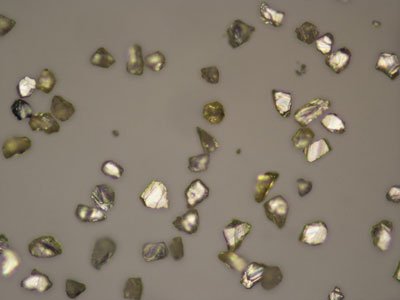Scientists use nano-diamonds to light up tumours
Posted: 9 October 2015 | Victoria White
The nano-diamonds could be used to identify cancerous tumours before they become life-threatening…


Physicists from the University of Sydney have devised a way to use diamonds to identify cancerous tumours before they become life threatening.
Led by Professor David Reilly from the School of Physics, the researchers have revealed how a nanoscale version of the precious gem can light up early-stage cancers in non-toxic, non-invasive Magnetic Resonance Imaging (MRI) scans.
“We knew nano-diamonds were of interest for delivering drugs during chemotherapy because they are largely non-toxic and non-reactive,” explained Professor Reilly. “We thought we could build on these non-toxic properties realising that diamonds have magnetic characteristics enabling them to act as beacons in MRIs. We effectively turned a pharmaceutical problem into a physics problem.”
Scientists hyperpolarised nano-diamonds
Professor Reilly’s team turned its attention to hyperpolarising nano-diamonds, a process of aligning atoms inside a diamond so they create a signal detectable by an MRI scanner.
“By attaching hyperpolarised diamonds to molecules targeting cancers the technique can allow tracking of the molecules’ movement in the body,” said Ewa Rej.
“This is a great example of how quantum physics research tackles real-world problems, in this case opening the way for us to image and target cancers long before they become life-threatening,” added Professor Reilly.
The next stage of the team’s work involves working with medical researchers to test the new technology on animals. Also on the horizon is research using scorpion venom to target brain tumours with MRI scanning.
Related organisations
Sydney University


